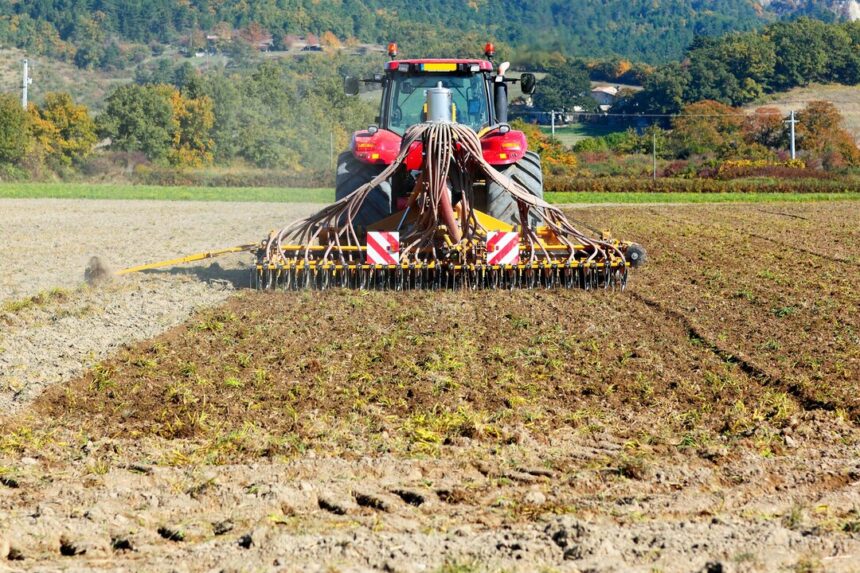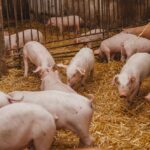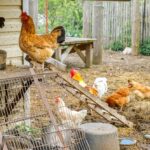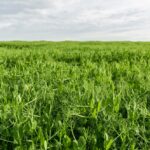Soil tillage is a critical step in farming that prepares the land for planting, improves soil structure, and ensures optimal crop growth. Harrows and rakes are essential tools for efficient soil tillage, each serving a unique purpose in breaking up soil clumps, leveling the surface, and managing weeds. For South African farmers, understanding how to use these tools effectively can significantly enhance productivity and promote sustainable farming practices.
What Is Soil Tillage?
Soil tillage involves turning, breaking, and loosening soil to prepare it for planting. This process improves aeration, promotes water infiltration, and incorporates organic matter into the soil. While various tools are used for tillage, harrows and rakes stand out for their efficiency in secondary tillage and surface preparation.
Understanding Harrows and Their Role
Harrows are agricultural implements designed to break up soil clumps, level the soil, and manage weeds. They are typically used after primary tillage (e.g., plowing) to refine the soil structure and prepare a smooth seedbed.
Types of Harrows
- Disc Harrows: These consist of concave discs that slice and turn the soil. Disc harrows are ideal for cutting through tough soil and incorporating crop residues.
- Tine Harrows: Equipped with metal tines, these harrows are excellent for breaking compacted soil and removing weeds.
- Chain Harrows: Made of chains and metal teeth, they are used for light soil aeration, seedbed preparation, and spreading manure.
- Spike Harrows: These are suitable for breaking crusted soil and leveling the surface without causing excessive disturbance.
Benefits of Using Harrows
- Weed Control: Harrows uproot weeds, reducing competition for nutrients.
- Soil Leveling: They create a uniform surface, improving water distribution and seed placement.
- Residue Management: Harrows mix crop residues into the soil, enhancing organic matter and fertility.
Using Harrows Effectively
- Adjust the harrow settings to match soil type and field conditions.
- Use heavier harrows, such as disc harrows, for dense or clayey soils.
- Avoid over-harrowing to prevent soil compaction and erosion.
Understanding Rakes and Their Role
Rakes are versatile tools used for surface-level soil preparation and finishing tasks. While harrows handle larger-scale operations, rakes are more suitable for smaller plots, gardens, or precision work.
Types of Rakes
- Garden Rakes: These have sturdy tines for breaking up clods and leveling small areas.
- Leaf Rakes: Ideal for clearing debris, such as leaves and light organic matter, from the soil surface.
- Stone Rakes: Designed to remove stones and large debris, ensuring a clean seedbed.
Benefits of Using Rakes
- Precision Work: Rakes are perfect for detailed soil preparation, particularly in smaller plots or areas around plants.
- Debris Removal: They help clear stones, weeds, and organic material from the soil surface.
- Improved Aeration: Light raking aerates the topsoil, promoting healthy root growth.
Using Rakes Effectively
- Use a garden rake for soil preparation and leveling before planting.
- Avoid excessive raking, as this can disrupt soil structure.
- Combine raking with other tools, such as hoes or spades, for comprehensive soil preparation.
Combining Harrows and Rakes for Optimal Tillage
While harrows are ideal for large-scale operations, rakes are better suited for precision tasks. By combining these tools, farmers can achieve efficient soil tillage, from breaking up clumps to fine-tuning the seedbed. For example:
- Use a disc harrow for the initial soil breakdown after plowing.
- Follow up with a spike harrow to level the soil and remove weeds.
- Finish with a garden rake for detailed preparation in specific areas.
Tips for Maintaining Harrows and Rakes
- Clean tools after each use to prevent rust and wear.
- Sharpen harrow discs and rake tines regularly for better performance.
- Store tools in a dry place to extend their lifespan.
Harrows and rakes are indispensable tools for efficient soil tillage, offering benefits that range from weed control to surface leveling. By understanding the specific roles of these tools and using them effectively, South African farmers can prepare their land for optimal crop growth while minimizing environmental impact. Combining harrows and rakes in tillage operations ensures a balance between large-scale efficiency and precision, paving the way for sustainable and productive farming practices.
Join 'Farmers Mag' WhatsApp Channel
Get the latest Farming news and tips delivered straight to your WhatsApp
CLICK HERE TO JOIN






